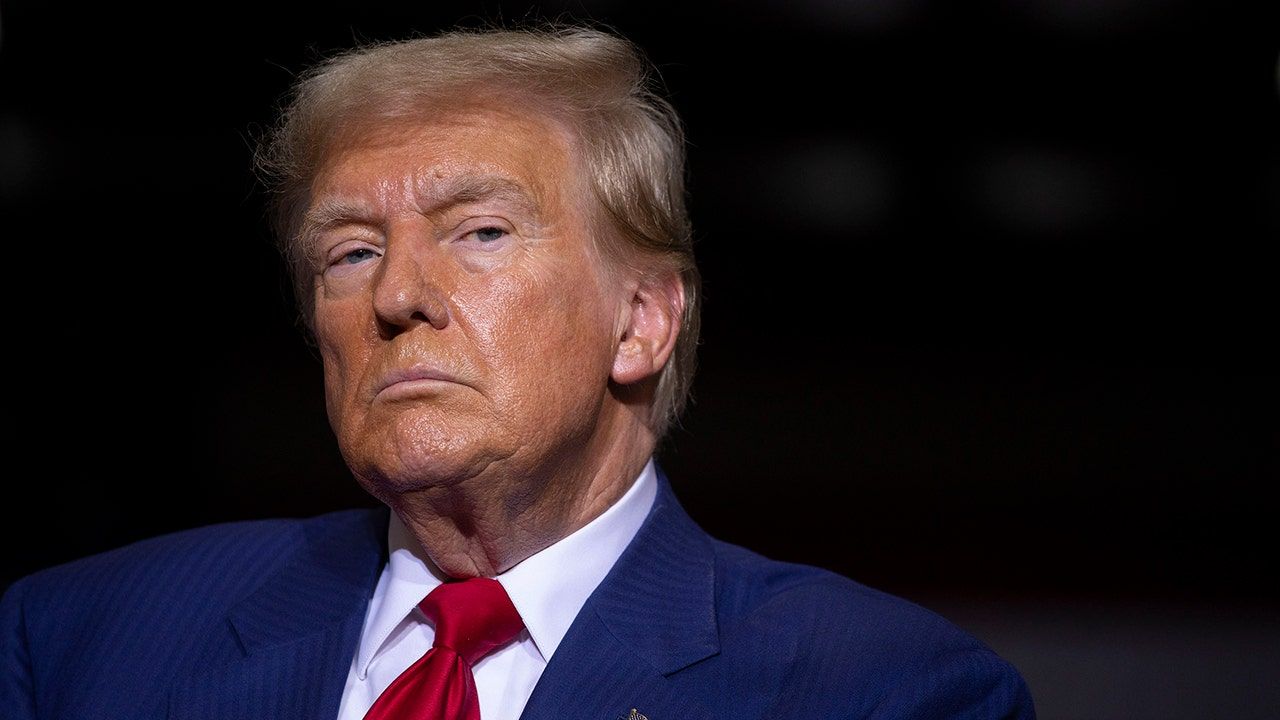NEWYou can now listen to Fox News articles!
“Low ceiling, high floor.” It is one of the few mantras that has remained valid during the last election year: “Trump has the upper hand.”
In Fox News national polls, the former president remains the preferred choice of 48-50% of the American electorate since the primaries began. His support did not wane despite the condemnations, and remained strong when current President Joe Biden was the apparent nominee, as well as when Biden delivered a well-received State of the Union address in March.
Trump's support did not increase appreciably even after he survived and showed courage in the wake of an assassination attempt, and then held a flawless and unified convention. It did not even increase when his then-opponent (Biden) failed in the debate and the Democrats ran away from their candidate.
Support for Trump remained strong even as Democrats quickly replaced Vice President Kamala Harris as their party’s nominee, with much of the media reporting that she had seen a major surge in momentum.
FOX NEWS POWER RANKINGS: TRUMP LOSES HIS LEAD AS WE BRACE AGAIN FOR POST-DEBATE IMPACT
Still, support for Trump remained solid in the 48-50% range.
All of the most respectable polls (those that rely on a random probability sample and live telephone interviews) consistently show that support for Trump remains solid among nearly half of the American electorate.
Sometimes polls give Harris the lead, sometimes she may even be behind. But that is unlikely to matter: In both 2016 and 2020, while Trump may have lost the popular vote nationally, he did much better in key states. In 2016, though he won just 46.1% of the popular vote, he still won the Electoral College and the presidency. In 2020, he won 46.9% of the national vote and came remarkably close in the Electoral College.
I apologize in advance, but I'm going to go into detail on this topic now. There is a striking pattern that is important if you want to understand the American voter and appreciate why campaigns are run the way they are.
FOX NEWS RANKINGS TOPIC TRACKER: TRUMP LEADS ON TWO MAJOR ISSUES, BUT HARRIS IS GAINING GROUND
Historically, Democrats dominate in coastal cities. They do well among college-educated voters (who are more likely to live in big cities) and have an advantage among minority voters (who are also more likely to live in big cities). As a result, Democrats do especially well in big states like California and New York (whose Electoral College votes will almost certainly go to Kamala Harris) by wide margins.
Democrats will, in essence, “waste their votes,” since regardless of whether a candidate wins a state by 5 million (Biden's margin in California in 2020) or 75,000 (Trump's margin in North Carolina in 2020), only one candidate will get all of those states' Electoral College votes.
Most people expect Trump to again do better in key battleground states than he did in the national popular vote in November. That’s why people like me believe that even if he loses the popular vote by a 52-48 margin, he has a solid chance of winning the Electoral College and returning to the White House.
But wait a minute. Recent polls (before Tuesday night's debate) showed some strange results, both nationally and in key states.
High-quality polling in the key states (Fox News, Quinnipiac, Sienna/NYTimes) suggests that Trump is actually doing as well or better in the national popular vote (48%) as he is in the key states (the big states of Pennsylvania and North Carolina, as well as Michigan and Wisconsin). Similarly, Harris is doing as well or better in those key states as she is in the national polls.
Here we've only used polls that use the most reliable methodology. Other averages use all kinds of polls, but even in those cases the same pattern (or lack thereof) emerges: Trump doesn't seem any stronger in the key states than he does at the national level. And that's… interesting.
CLICK HERE FOR MORE FOX NEWS REVIEWS
This is different from what happened before the 2020 election. Back then, polls indicated that Trump would do 2-4 points better in the key states than he did nationally. Yes, the 2020 polls (both national and statewide) underestimated Trump’s support, but the comparison was accurate and noteworthy: Trump was predicted to do better (and did) in the key states than he did nationally.
I confess that I don't have an easy way to explain this. There are three possibilities:
1. Campaign/media spending
Both Democratic and Republican campaigns have invested heavily in these states, both in television and digital advertising and door-to-door canvassing. For much of the year, Democrats had a significant financial advantage, and that could be chipping away at the natural advantage Trump should have in those states. Only about 12% of voters live in the key states, so national polls don’t really reflect that impact.
2. Support of minorities
Polls have suggested that Trump is chipping away at traditional minority Democratic support (which could help him in national polls), but he is having little impact in these battleground states.
3. Population changes
There are ongoing shifts in the states’ populations, with many moving to Sun Belt states like North Carolina. In fact, in the Fox poll, Harris led by 8 points among voters who had just moved to the state, while Trump led among the much larger group of long-time residents.
And it could just be noise. These are poll results, not actual votes. Polls are just rough estimates, so they could be overlooking the slight lead Trump is expected to gain in key states.
CLICK HERE TO GET THE FOX NEWS APP
I'll maintain my expectation that Trump will likely get two points more in the key states than he does nationally, but this anomaly is worth keeping an eye on heading into Election Day. We'll have to watch to see if the pattern of the last two presidential elections holds or if we're seeing a shift in the country's political map.
In politics, as in hunting, it pays to be on the lookout for anything that deviates from expectations.
CLICK HERE TO READ MORE FROM ARNON MISKIN












